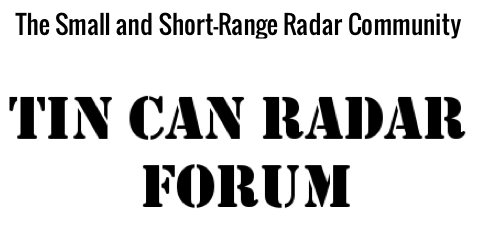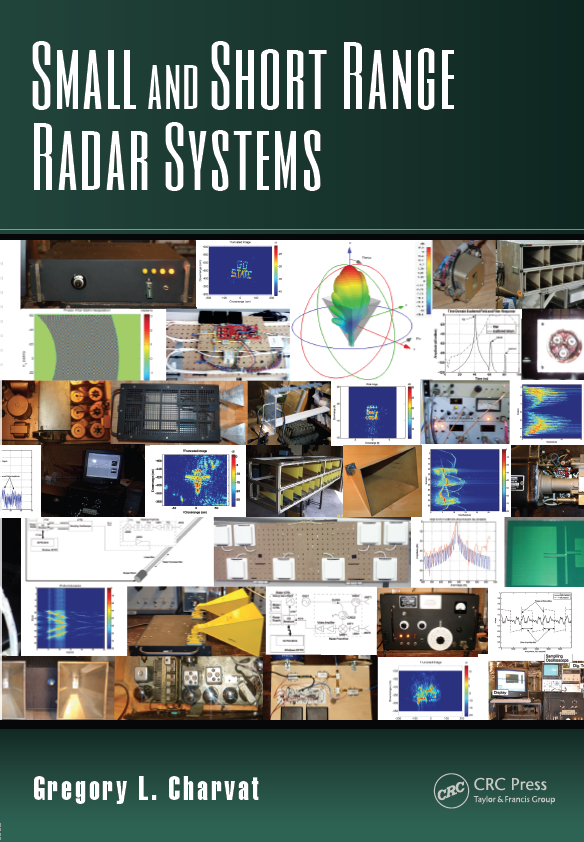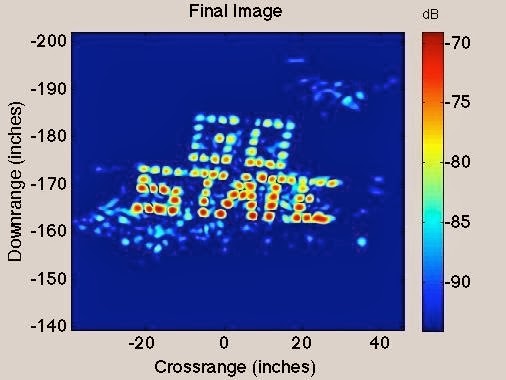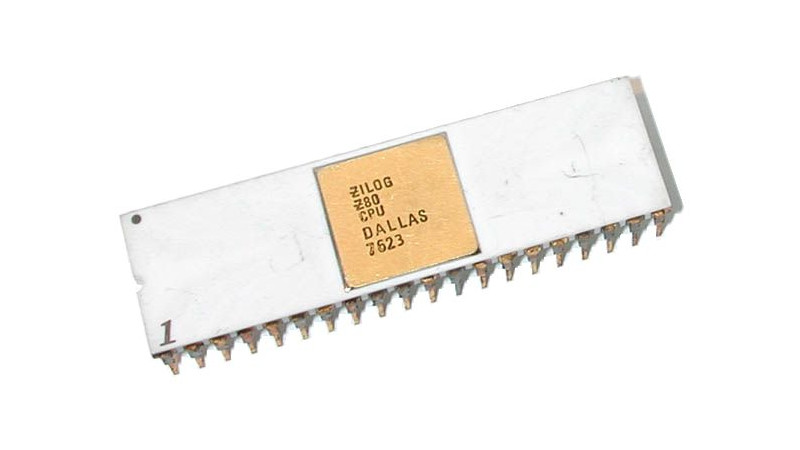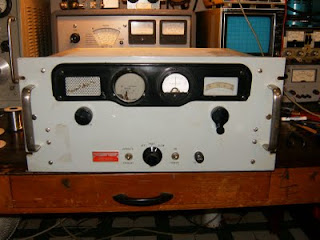
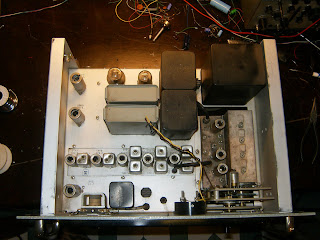

I picked up this old Nemes Clarke receiver at a local hamfest. It is a VHF FM tube receiver.
I then salvaged the chassis of this receiver, removing all internal components and saving those for a later date for re-use in other projects.
Some of these salvaged components included a nice power supply transformer for tube gear, two chokes, and a pair of 10 uF oil capacitors. A number of tubes were pulled out including a few 12AU7's, a full-wave rectifier, and a voltage regulator. Sounds like the beginnings of another vacuum tube audio power amplifier to me....
I plan to use this rack-mount chassis for my homebrew challenge 3 radio. Chassis like these are readily available at local hamfests at very low cost, therefore i believe that it is a valid part to use. Furthermore i believe that we homebrew radio enthusiasts should recycle this legacy equipment instead of throwing it in the trash, sending it over seas to be recycled, or letting it sit on the shelf for decades without use.








